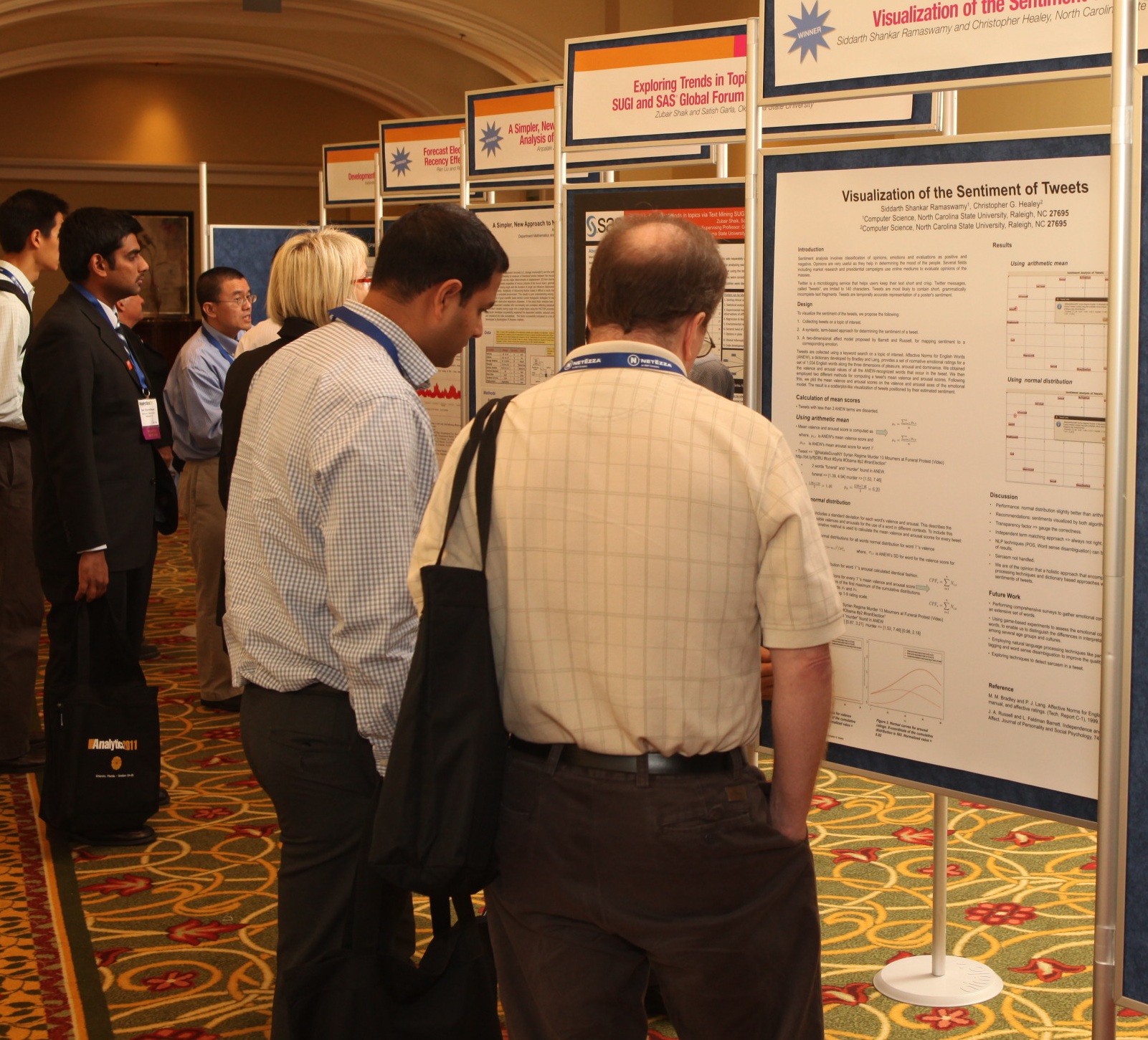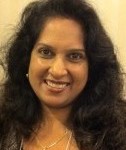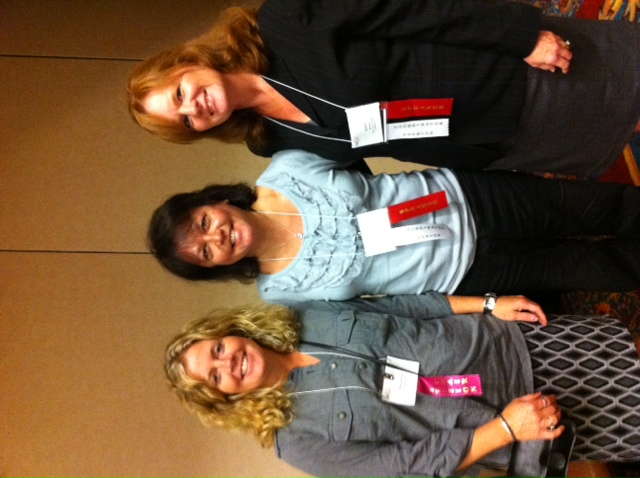
Dear Miss SAS Answers, In PROC REPORT can I use one calculated (computed) variable in the calculation of another computed variable? In the example below, I’m trying to use the value of the Bonus column to calculate the Total column: compute Bonus; Bonus =sal.sum*0.05; endcomp; compute Total; total=sum(sal.sum, Bonus.sum); endcomp;














